#colombia
Text

#threads#threads app#current events#colombia#social justice#human rights#iran#palestine#palestine 🇵🇸#gaza#gaza strip#west bank#middle east#yemen#tel aviv#jerusalem#political quotes#important#free gaza#gaza genocide#gazaunderattack#save gaza#stand with gaza#gazaunderfire#fuck israel#anti zionisim#free palestine#quote#israel is a terrorist state#genocide joe
1K notes
·
View notes
Text
reblog for more people to see! :D
#tumblr polls#polls#south america#brazil#colombia#argentina#uruguay#peru#venezuela#chile#ecuador#bolivia#paraguay#sart.polls#sart.text
414 notes
·
View notes
Text
227 notes
·
View notes
Text
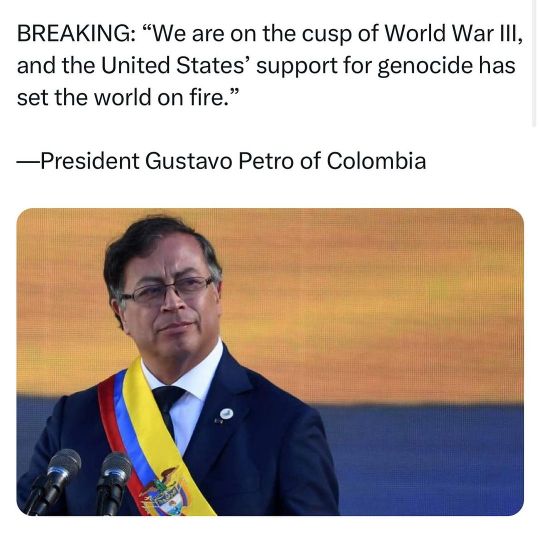
Biden the Idiot
#usa#فلسطين#wwiii#biden#colombia#usa is funding genocide#free gaza#palestine#gaza#free palestine#israel#jerusalem#i stand with palestine#israel is a terrorist state#israeli war crimes
199 notes
·
View notes
Text
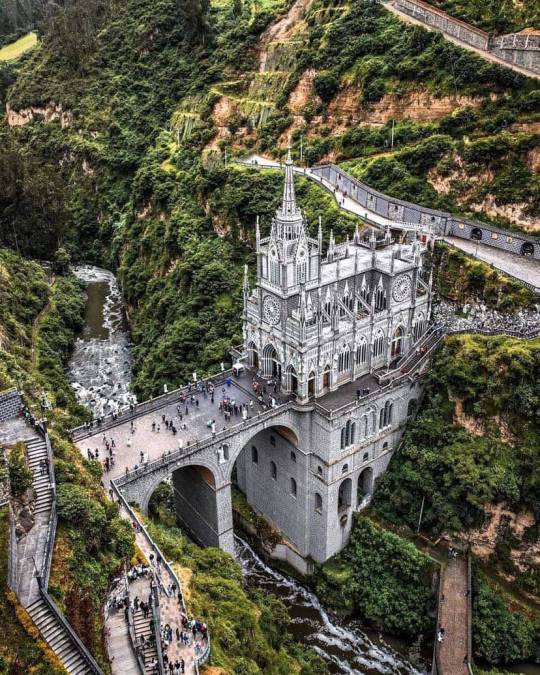
Santuario Nacional de la Basilica de Nuestra Señora de Las Lajas en COLOMBIA
#santuario#nuestra señora#our lady#shrine#basilica#las lajas#sanctuary#rio#guatara#river#ipiales#nariño#colombia#south america#sur america#america
61 notes
·
View notes
Text
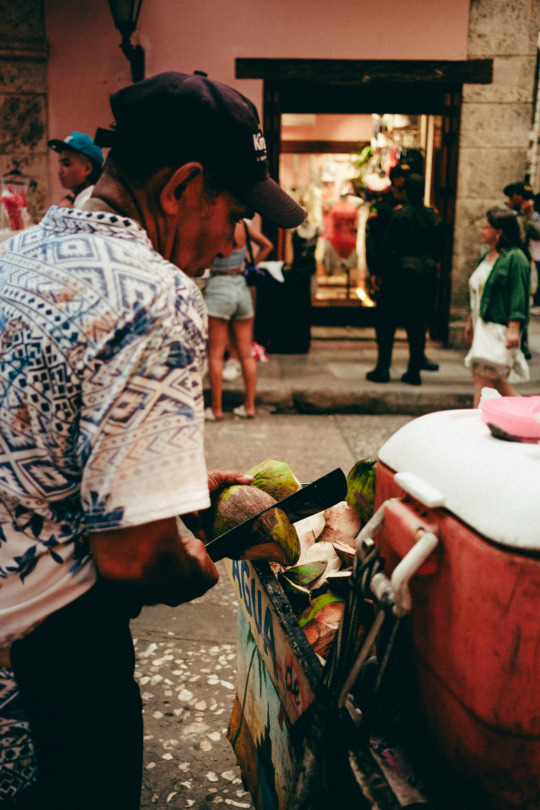
Cartagena, Colombia by Shelby Murphy Figueroa
20 notes
·
View notes
Text
Today I went to measure a plot of land belonging to a friend, we took a narrow unpaved road in order to avoid a 3 dollar tollbooth, and man, that was a fun, bumpy ride!
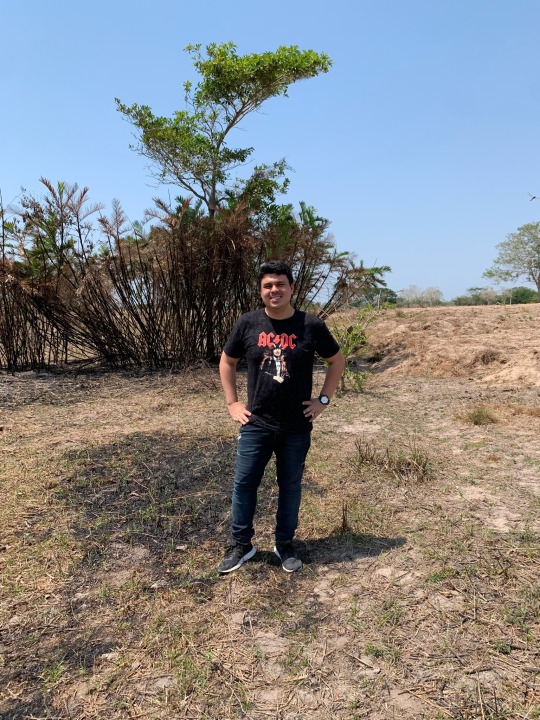
Also, I seriously needed to bring my hat.
19 notes
·
View notes
Text

#yemen#jerusalem#tel aviv#current events#palestine#free palestine#gaza#free gaza#news on gaza#palestine news#news update#war news#war on gaza#imperialism#colombia
19K notes
·
View notes
Text
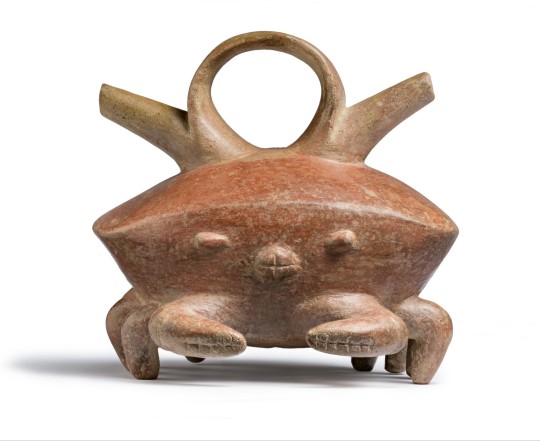

~ Crab Vessel with Double Spout.
Place of origin: Colombia, Calima Region
Period: Ilama Period
Date: 1500 B.C.-A.D. 100
Medium: Ceramics
#ancient#ancient art#history#museum#archeology#ancient history#archaeology#ancient pottery#pottery#south america#crab#crab vessel#calima#Colombia#pre columbian#Ilama Period#1500 b.c.#a.d. 100
15K notes
·
View notes
Text
"With “green corridors” that mimic the natural forest, the Colombian city is driving down temperatures — and could become five degrees cooler over the next few decades.
In the face of a rapidly heating planet, the City of Eternal Spring — nicknamed so thanks to its year-round temperate climate — has found a way to keep its cool.
Previously, Medellín had undergone years of rapid urban expansion, which led to a severe urban heat island effect — raising temperatures in the city to significantly higher than in the surrounding suburban and rural areas. Roads and other concrete infrastructure absorb and maintain the sun’s heat for much longer than green infrastructure.
“Medellín grew at the expense of green spaces and vegetation,” says Pilar Vargas, a forest engineer working for City Hall. “We built and built and built. There wasn’t a lot of thought about the impact on the climate. It became obvious that had to change.”
Efforts began in 2016 under Medellín’s then mayor, Federico Gutiérrez (who, after completing one term in 2019, was re-elected at the end of 2023). The city launched a new approach to its urban development — one that focused on people and plants.
The $16.3 million initiative led to the creation of 30 Green Corridors along the city’s roads and waterways, improving or producing more than 70 hectares of green space, which includes 20 kilometers of shaded routes with cycle lanes and pedestrian paths.
These plant and tree-filled spaces — which connect all sorts of green areas such as the curb strips, squares, parks, vertical gardens, sidewalks, and even some of the seven hills that surround the city — produce fresh, cooling air in the face of urban heat. The corridors are also designed to mimic a natural forest with levels of low, medium and high plants, including native and tropical plants, bamboo grasses and palm trees.
Heat-trapping infrastructure like metro stations and bridges has also been greened as part of the project and government buildings have been adorned with green roofs and vertical gardens to beat the heat. The first of those was installed at Medellín’s City Hall, where nearly 100,000 plants and 12 species span the 1,810 square meter surface.
“It’s like urban acupuncture,” says Paula Zapata, advisor for Medellín at C40 Cities, a global network of about 100 of the world’s leading mayors. “The city is making these small interventions that together act to make a big impact.”
At the launch of the project, 120,000 individual plants and 12,500 trees were added to roads and parks across the city. By 2021, the figure had reached 2.5 million plants and 880,000 trees. Each has been carefully chosen to maximize their impact.
“The technical team thought a lot about the species used. They selected endemic ones that have a functional use,” explains Zapata.
The 72 species of plants and trees selected provide food for wildlife, help biodiversity to spread and fight air pollution. A study, for example, identified Mangifera indica as the best among six plant species found in Medellín at absorbing PM2.5 pollution — particulate matter that can cause asthma, bronchitis and heart disease — and surviving in polluted areas due to its “biochemical and biological mechanisms.”
And the urban planting continues to this day.
The groundwork is carried out by 150 citizen-gardeners like Pineda, who come from disadvantaged and minority backgrounds, with the support of 15 specialized forest engineers. Pineda is now the leader of a team of seven other gardeners who attend to corridors all across the city, shifting depending on the current priorities...
“I’m completely in favor of the corridors,” says [Victoria Perez, another citizen-gardener], who grew up in a poor suburb in the city of 2.5 million people. “It really improves the quality of life here.”
Wilmar Jesus, a 48-year-old Afro-Colombian farmer on his first day of the job, is pleased about the project’s possibilities for his own future. “I want to learn more and become better,” he says. “This gives me the opportunity to advance myself.”
The project’s wider impacts are like a breath of fresh air. Medellín’s temperatures fell by 2°C in the first three years of the program, and officials expect a further decrease of 4 to 5C over the next few decades, even taking into account climate change. In turn, City Hall says this will minimize the need for energy-intensive air conditioning...
In addition, the project has had a significant impact on air pollution. Between 2016 and 2019, the level of PM2.5 fell significantly, and in turn the city’s morbidity rate from acute respiratory infections decreased from 159.8 to 95.3 per 1,000 people [Note: That means the city's rate of people getting sick with lung/throat/respiratory infections.]
There’s also been a 34.6 percent rise in cycling in the city, likely due to the new bike paths built for the project, and biodiversity studies show that wildlife is coming back — one sample of five Green Corridors identified 30 different species of butterfly.
Other cities are already taking note. Bogotá and Barranquilla have adopted similar plans, among other Colombian cities, and last year São Paulo, Brazil, the largest city in South America, began expanding its corridors after launching them in 2022.
“For sure, Green Corridors could work in many other places,” says Zapata."
-via Reasons to Be Cheerful, March 4, 2024
#colombia#brazil#urban#urban landscape#urban planning#cities#civil engineering#green architecture#green spaces#urban heat#urban heat island effect#weather#meteorology#global warming#climate change#climate hope#climate optimism#climate emergency#climate action#environment#environmental news#city architecture#bicycling#native plants#biodiversity#good news#hope#solarpunk#ecopunk#hopepunk
12K notes
·
View notes
Text
Live coverage of the 20th of February 2024 is now closed.
Here is a recap of today's major events.

It is 12am in Ireland now so I have to go to bed.
I'll be back to resume live updates on Thursday.
For continuous updates while I'm gone, click the link below:
#free gaza#free palestine#gaza strip#irish solidarity with palestine#palestine#gaza#news on gaza#al jazeera#boycott israel#israel#USA#UNSC#Algeria#World Food Programme#Jenin#West Bank#West Bank Palestinians#Hamas#Islamic Jihad#Colombia#Brazil#Gustavo Petro#luis inacio lula da silva#philippe lazzarini#Summary#Recap#Current events#Latest news#News#Goodnight
4K notes
·
View notes
Text
Turkey has filed a case against Israel in the International Criminal Court.
For their ongoing genocide of the Palestinians.
"Today... we have filed a lawsuit with the International Criminal Court in The Hague against the Hitler of the 21st century of Israeli Prime Minister Netanyahu, who must stand trial for the genocide he committed in the Gaza Strip and all crimes against humanity."
And it's not just Turkey.
Algeria has filed a case against Israel with the International Criminal Court.
With their president Abdelmadjid Tebboune saying "Where is humanity? And where is the global conscience that has become absent regarding the genocide being committed?”
Algeria's case is being backed by Colombia.
3 Palestinian organisations Al-Haq, al-Mezan, and the Palestinian Centre for Human Rights are filing their own case against Israel in the International Criminal Court.
#turkey#turkiye#algeria#colombia#palestine#gaza#israel#anti israel#anti zionisim#free palestine#free gaza#israel is a terrorist state#israel is committing genocide#benjamin netanyahu#benjamin netanyahu is a war criminal#human rights
4K notes
·
View notes
Text

Anónimo
5K notes
·
View notes
Text
Rocio Morales 🇨🇴
1K notes
·
View notes
Text

2K notes
·
View notes
